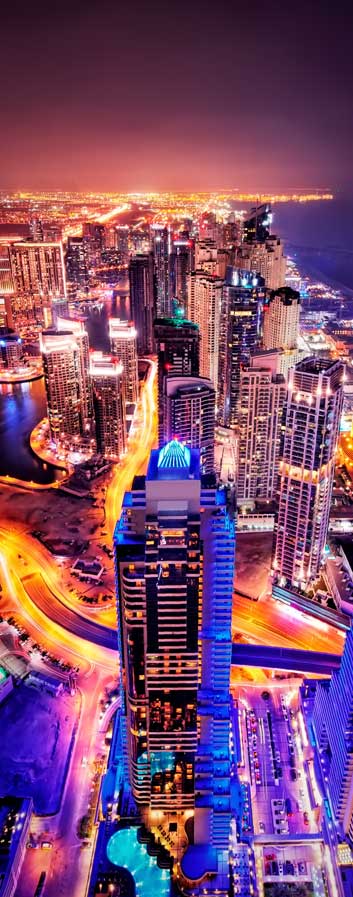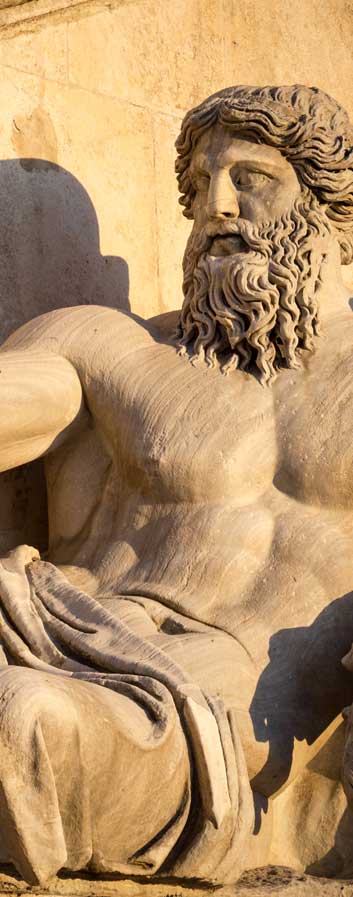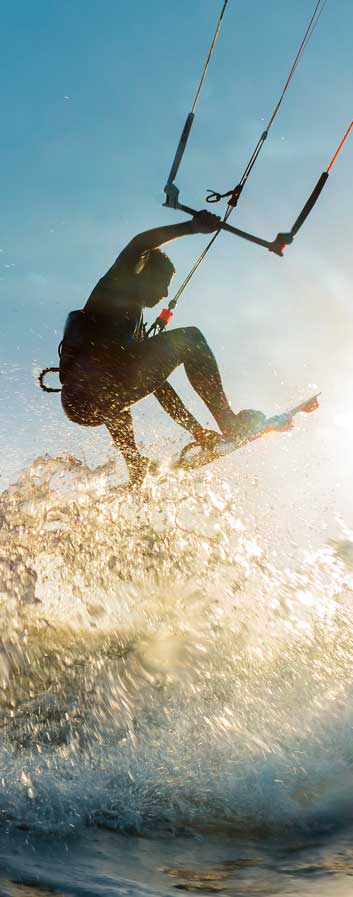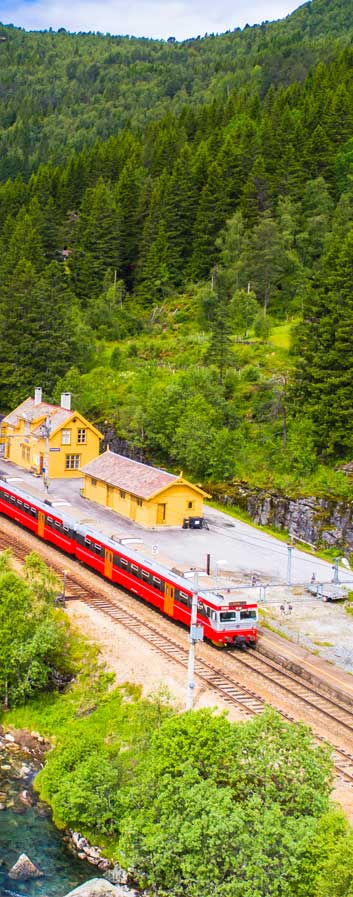Havelock Island
Largest island of the Andaman and Nicobar Islands, Havelock Island is known for its pristine beaches, coral reefs and great scuba diving experience. Havelock is about 30 km from Port Blair and has the distinction of being the most visited island in Andamans.
Havelock Island is named after Maj Gen Sir Henry Havelock, a prominent British Army official during colonial times. Most of the Island is populated by friendly people who hailed from mainland India. Bengalis form the bulk of the settlers.
Though Havelock is the most visited island, it has been insulated from the ill-effects of mass tourism. The island still still retains its pristine charm. Havelock Island comprises of a cluster of small islands known as Ritchie’s Archipelago which is about 30 km east of Great Andaman. Havelock Island is one of the few places in the Andaman and Nicobar Islands where the government encourages tourism with focus on eco-tourism.
Havelock Island is known for its beaches. The most beautiful beach in Havelock is the Radhanagar Beach which was adjudged the ‘Best Beach in Asia’ by Time in 2004. Other beaches that are worth visiting are Elephant Beach and Vijaynagar Beach. Havelock Island is a haven for adventure activities and water sports. Scuba diving is the most popular activity on Havelock Island. The scuba diving activities are run by certified operators who offer instructions as well as equipment.
Snorkeling is another favourite with tourists. Like scuba diving, snorkeling equipment and training are available on the beach. Snorkeling is popular among foreign nationals and is gaining popularity among Indian tourists as well. Trekking is another activity which attracts lots of tourists. Trekking trails are aplenty on different parts of the island. About 800 meters from the Vijaynagar Beach, is popular with confluence hunters. Confluence hunters are people who document places where latitudes and longitudes meet with the help of GPS (global positioning satellite) enabled equipment.
The months of October to May are the best season for diving and also the most favourable period when it comes to weather. Havelock Island should be avoided during the monsoon months from August to November.
Tourists can purchase bracelets, earrings and necklaces made from shells. Other seashell souvenirs are also available. Coral of different colours are available in souvenir shops along with bowls, trays, walking sticks, Nicobari mats and coconut shell lamp shades.
WHERE TO STAY
Havelock offers a wide range in terms of options, from beach huts to luxury hotels, to stay. Most of the budget hotels are found near beach number 3. There are a few budget hotels near the Vijaynagar Beach (beach number 5) that offer decent facilities. Luxury hotels offer a plethora of facilities like spa, pick-up and drop service and can also arrange for your travel requirements in and around the island.

There are many places in Havelock Island where you get seafood. Beach number three has the widest option when it comes to eating out. Dhabas and vegetarian restaurants serve good vegetarian as well as non-vegetarian food near beach number 3. The best seafood is served near Vijaynagar Beach with a wide array of Punjabi, Chinese, Continental, Italian, Spanish and South Indian cuisines.
BEST TIME TO VISIT
The best time to visit Havelock Island is between January to May when the weather is most favourable for diving and other activities.
WHAT TO SEE
Radhanagar Beach: Most beautiful beach in the Havelock Island, it was rated as the ‘Best Beach in Asia’ in 2004. Beautiful silky white sand and sky blue water are the highlights of the beach. There are some areas with sandy bottoms and coral reefs which are excellent for swimming and snorkeling. Sunsets are mesmerizing to watch but keep track of time and catch the last bus if you are not staying close to the beach. There are auto-rickshaws and shared 4×4 jeeps available for transport to and from Radhanagar Beach. Radhanagar Beach is also known as beach number 7.
Elephant Beach: It is further north of Radhanagar Beach and popular among Indian tourists. Only a fraction of the beach remains after the tsunami in 2004 swept away large portions of the beach out to sea. The coral near Elephant beach is the best on Havelock Island which makes it a good spot for snorkeling. It can be reached by boat and on foot from Radhanagar Beach.
Kalapathar Beach: The beach is on one corner of Havelock Island reachable from Vijaynagar Beach (Beach number 5). The beach gets its name from the nearby village and the black rocks (Kalapathar translates to black rocks in Hindi) that line the shoreline. The sea looks green almost like an emerald on one side and the silky white sand beach on the other side make it a great spot to relax.
Vijaynagar Beach: This beach is best suited for long walks along the shore and to relax. The calm water makes it a good spot for swimming.
NEAR HAVELOCK ISLAND
Nicobar: Nicobar Islands are separated from the Andamans by the Ten Degree Channel. Great and Little Nicobar are home to Giant Robber Crabs, monkeys and Nicobarese Pigeons in plenty. Megapode, a rare bird, is found in Great Nicobar. The southernmost tip of India is Indira Point in Great Nicobar Island. Nicobar Islands are out of bounds for foreigners.
Car Nicobar: Car Nicobar is the headquarters of the Nicobar District. It is a flat fertile island covered with coconut palms, enchanting beaches and a roaring sea all around. The Nicobari huts, built on stilts with entrance through the floor, are unique to the island. It takes about 16 hours by sea to reach Car Nicobar from Port Blair.
Katchal: Katchal is a tiny island in the Nicobar group. It was this island, which heralded the new millennium with the first sunrise on January 1, 2000. The island has beautiful beaches at East Bay, Jhula and West Bay.
Great Nicobar: The southernmost tip of the Nicobar Island is Indira Point (formerly Pygmallion Point). The beach near Galathia is the nesting ground for Giant Leather Back Turtles. The island also has biosphere reserve area.
Port Blair: It is about 57 km from Havelock Island and is the hub for reaching Havelock Island. A visit to the Cellular Jail in Port Blair is a must.
Mahatma Gandhi Marine National Park: It is covered with tropical and mangrove forests. The Marine National Park has some rare flora and fauna. It is about 60 km from Havelock Island.



































